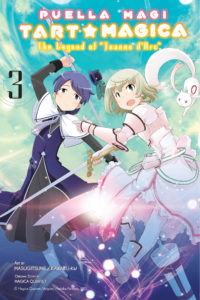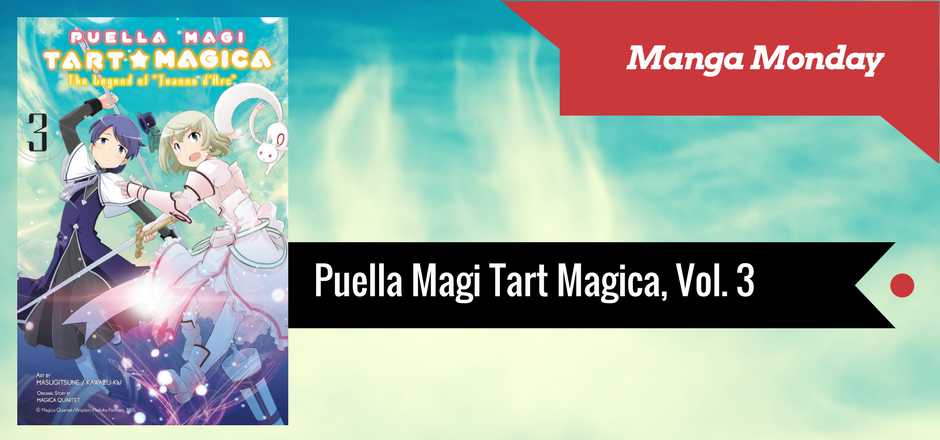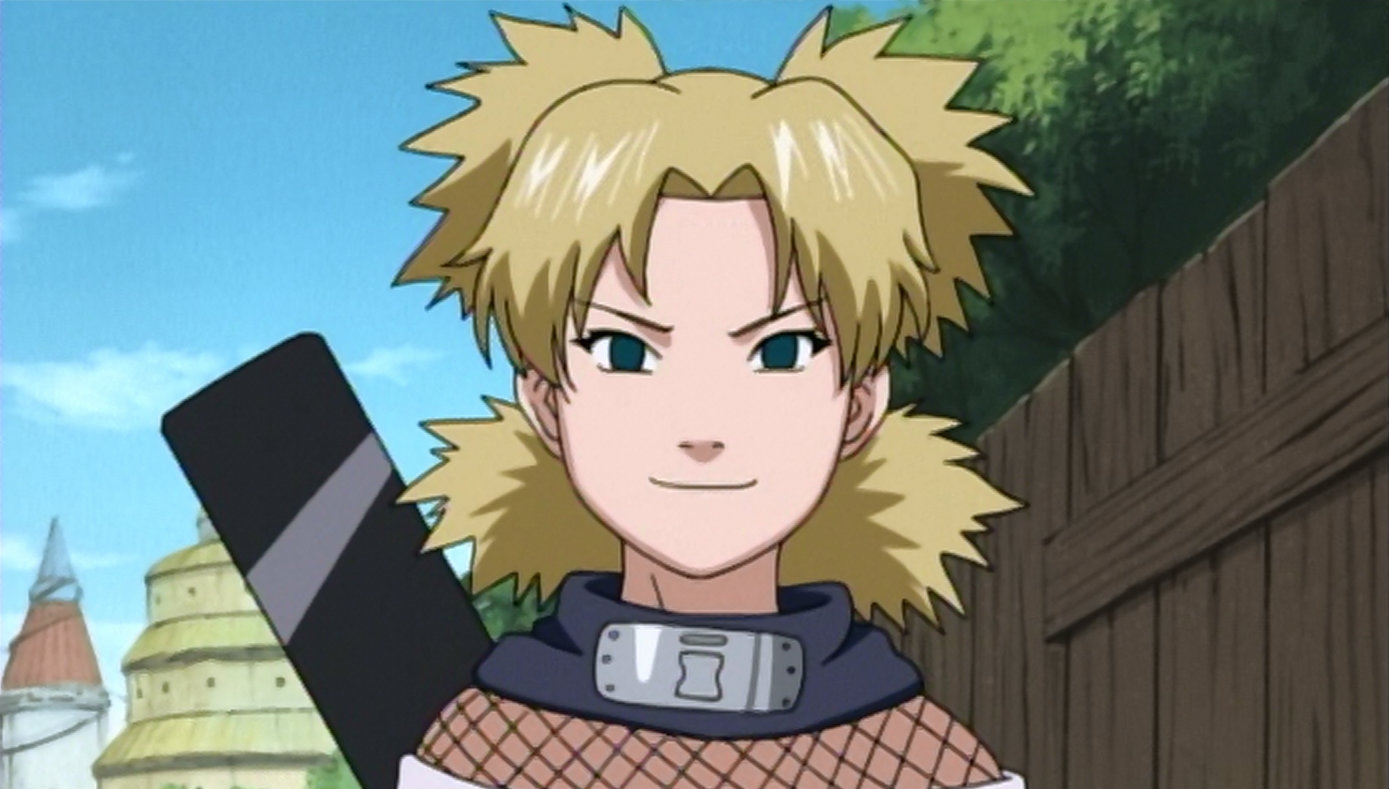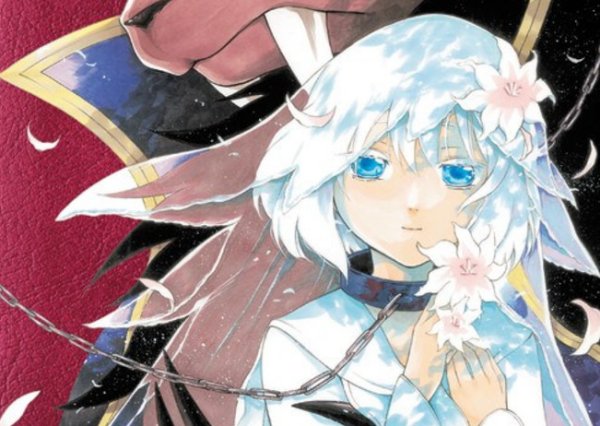Jeanne, called La Pucelle by the people of France and Tart by her friends, continues to battle the English invaders at Orléans in a faceoff against two of England’s magical girls. After liberating the city, Tart meets a new French magical girl, Elisa, whose dismissive attitude suits her royal heritage.
 Jeanne la Pucelle, known in English as Joan of Arc, is a classic example of a heroine’s journey. Her story, in many ways, follows the structure of the monomyth, which may be one reason for the popularity of her tale. As part of the Madoka*Magica franchise, history is mingled with an adventure centered on Joan of Arc as a magical girl.
Jeanne la Pucelle, known in English as Joan of Arc, is a classic example of a heroine’s journey. Her story, in many ways, follows the structure of the monomyth, which may be one reason for the popularity of her tale. As part of the Madoka*Magica franchise, history is mingled with an adventure centered on Joan of Arc as a magical girl.
Following the events of previous volumes, Tart’s fight to expel the invading British military continues despite pushback from the magical girls allied with the invaders. As mentioned in my review of Volume Two, the three British magical girls have French names: Corbeau, Lapin, and Minou. This volume expands the readers’ understanding of the characters and their motives, though most of this volume is pure action.
About half of Volume Three is the battle that pits Tart and her friends against Corbeau and her underling in one of the most important events in the life of the real Joan of Arc: the liberation of Orléans, which had been under siege for more than 6 months and was historically liberated just nine days after Joan of Arc’s arrival.
[blocktext align=”center”]With this valiant standard, nothing is impossible.[/blocktext]
Like previous volumes, it’s extremely text-heavy, though much of the historical text is concentrated in the second half, after the battle for Orléans. In pretty direct contrast to the volume right before it, the focus of Volume Three largely shifts away from the relationships between the different girls, though the affection and admiration Riz and Melissa have for Tart is key to the early part of the plot.
This volume really begins to emphasize Tart as the heroine of France while continuing to tie her into not only the historical figure she’s based on but her role in the Catholic church. Readers start to understand her role in the Hundred Years War as a figure who represented so much more than whatever military prowess she may have possessed in real life.
[blocktext align=”center”]The sight of you standing before them and waving the flag would be the very embodiment of the word “hope.”[/blocktext]
Though Volume Three slows down quite a bit, the historical aspect of this volume is more interesting than that of the earlier volumes, and it’s definitely a series worth checking out. The series gives the Madoka*Magica franchise a fresh feel, and I highly recommend it to fans of alternate history with a veneer of fantasy.
Story: 3.5 out of 5 stars
Art: 4 out of 5 stars
Overall: 4 out of 5 stars
Goodreads | Indiebound | RightStuf
This review contains affiliate links. While Girls in Capes does make revenue from purchases made at affiliate links, reviews are not paid, and all reviews contain the staff writers’ honest opinions of the work.






